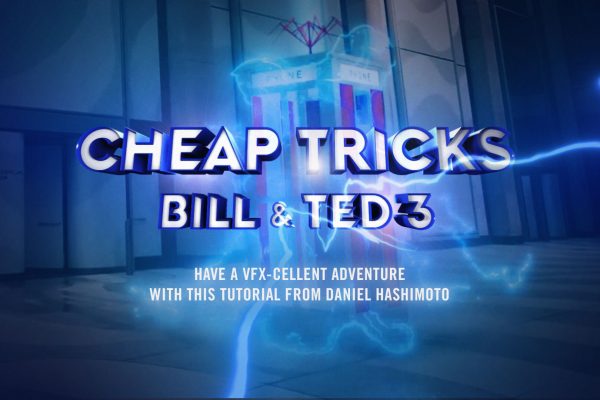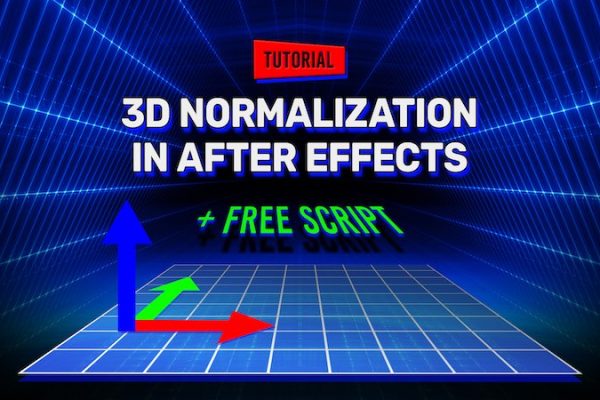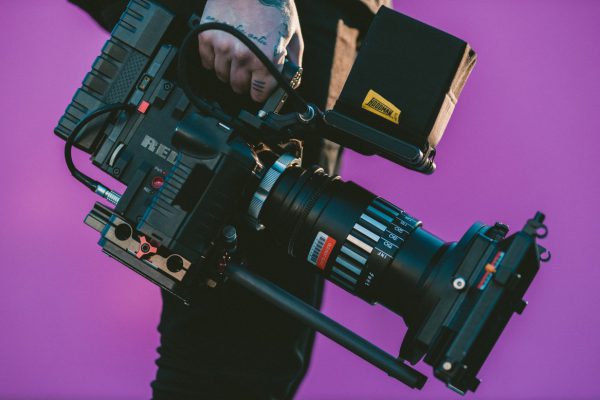Sound designer Liam Price takes you through the fundamentals of creating an effective sound design.
By: Robert Clark
Images: Daniel Sievert
“We often don’t acknowledge sound but we are always perceiving it in powerful ways,” pro sound designer Liam Price says. This explains why it can often be overlooked in filmmaking – but ends up hurting the most. And it’s not just a budget consideration: “If you’re doing it yourself because you’re an independent filmmaker and you don’t have the money, then allow time — time is valuable as well,” Liam says. “Don’t leave it to a week before the festival screening!”
Allowing time for your sound design goes hand in hand with setting yourself up to edit effectively and hear things accurately. Tweaking your sound in an Avid or FinalCut session is problematic because that’s not what they were designed for, so the process can be clumsy and imprecise. Listening to it over your PC or laptop speakers also means you won’t be hearing the full spectrum of sounds — this may seem trivial but when audiences see your film on the big screen at a festival, small oversights in the sound design will be magnified tenfold.
TALKING DIALOGUE
A good dialogue edit is the place to start when planning your sound post workflow, according to Liam. “You want to take the time to go through and smooth out shot changes and make sure the scenes run smoothly, so you don’t hear the changes in perspective between different camera angles. You want it to just feel like an event that happens in one piece of time.”
The next step is to separate out non-dialogue sounds such as door slams, dog barks and passing cars, for example, but only if they’re clean and not underneath the dialogue. “So then you end up with a clean dialogue track using any room tones and atmospheres that were recorded on location to make it sound more consistent,” Liam says. “The film should survive on its own with a good dialogue edit where you don’t notice the artificial aspect of editing; it should be nice and smooth.”
A word of warning: always try to avoid using sound recorded by the cameras. “The sound recordist may have split off a mix with sound going to the camera as well, so make sure you’re going back to the right source. The sound recordist will probably record at 48kHz/24-bit, which is the ideal,” Liam says. A recordist will likely be recording multiple channels from multiple mics giving you maximum isolation and flexibility, whereas a camera will only record a mixdown: “If it’s a big scene and you’ve got multiple overlaps, you really don’t want to use the camera mixdown”.
MUSIC MATTERS
When you’re inserting music into your soundtrack, be careful about formats. “The ideal format you want to get is broadcast .wav but you need to have CD quality at the very least (44.1k),” Liam says. “Through the mix process, music is going to have a different kind of compression added, and if you’ve got low bit or sample rates, there isn’t enough digital information to maintain the quality of the waveform, which makes it harder to properly EQ further or add further compression.” So MP3s from your iTunes library won’t really cut it.
Adopt best practice from the start and make sure any commercial music you use is properly licensed (we’ll investigate the ins and outs of music licensing in an upcoming tutorial). “It’s easy to grab your favourite track and put it on the film but it can also be very expensive,” Liam says. “Think about how many times the film may screen and don’t assume it’s only one festival because it may end up playing a lot, again and again.” And don’t forget, if you haven’t sorted out music licensing before you submit to a film festival, your film probably won’t be accepted.
The other thing to remember is that commercial music hasn’t been created to be mixed into a film so it can be problematic when you’re fitting it around dialogue and effects. Often originally composed music is the best way to go.
ADDING ATMOS
Liam believes there’s an important psychological element to effects and atmospheres (commonly referred to as ‘atmos’). “We all have an emotional memory attached to sounds. If you’re in the city for example, you expect to hear a siren, a lot of traffic, people walking around, and pedestrian signals. They all give tiny little emotional cues to the audience when they hear them.”
This can be a powerful tool and it’s worth thinking hard about how you use your sound effects and atmos. A simple example: “Say you had a scene in a suburban street. If there were lots of dogs barking it’d probably sound like there was something up, something going on, but if there was just one dog, then it might feel quiet, alone. They’re little things that contribute to the audience’s understanding of the world of the film.”
A great tip when it comes to atmos is that it can cover up messy dialogue if you can’t get a clean take. “You might find that to help a noisy dialogue track, you add these little mono, filler atmos channels of just air, traffic, or the beach. They can help the dialogue rise in between all those noisy backgrounds.”
LESS IS MORE
A point of caution: more is not always better. “You’ve got to be careful,” Liam warns. “Effects and atmos aren’t like music or instruments which have that pure tone, they’re made up of lots of different frequencies so if you put too much air, beach, wind or tree noise in, it’s just going to sound like white noise.”
And that applies to a lot of sound design. “If you’ve got 10 options, use two,” Liam says. “Ask what is the core emotional thing that’s going on in that scene, or the whole film, and choose a sound that does it on its own, first go. It’s all gut instinct stuff.”
Sound design might be a highly technical art form but at the end of the day trust your gut, keep it simple, and most importantly, don’t underestimate it.
Liam Price is a multi award-winning sound editor and engineer. He has worked on television programs such as Crownies and Underbelly: Badness, numerous feature films including Kenny and Lucky Miles, and games such as Marvel Super Hero Squad and DeBlob.





